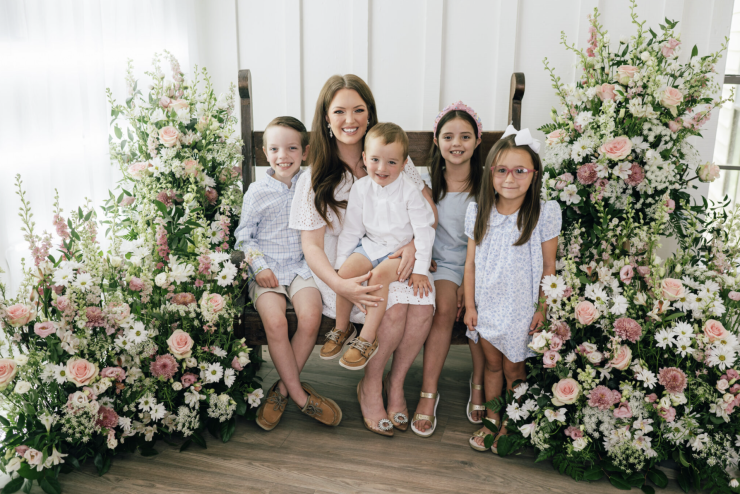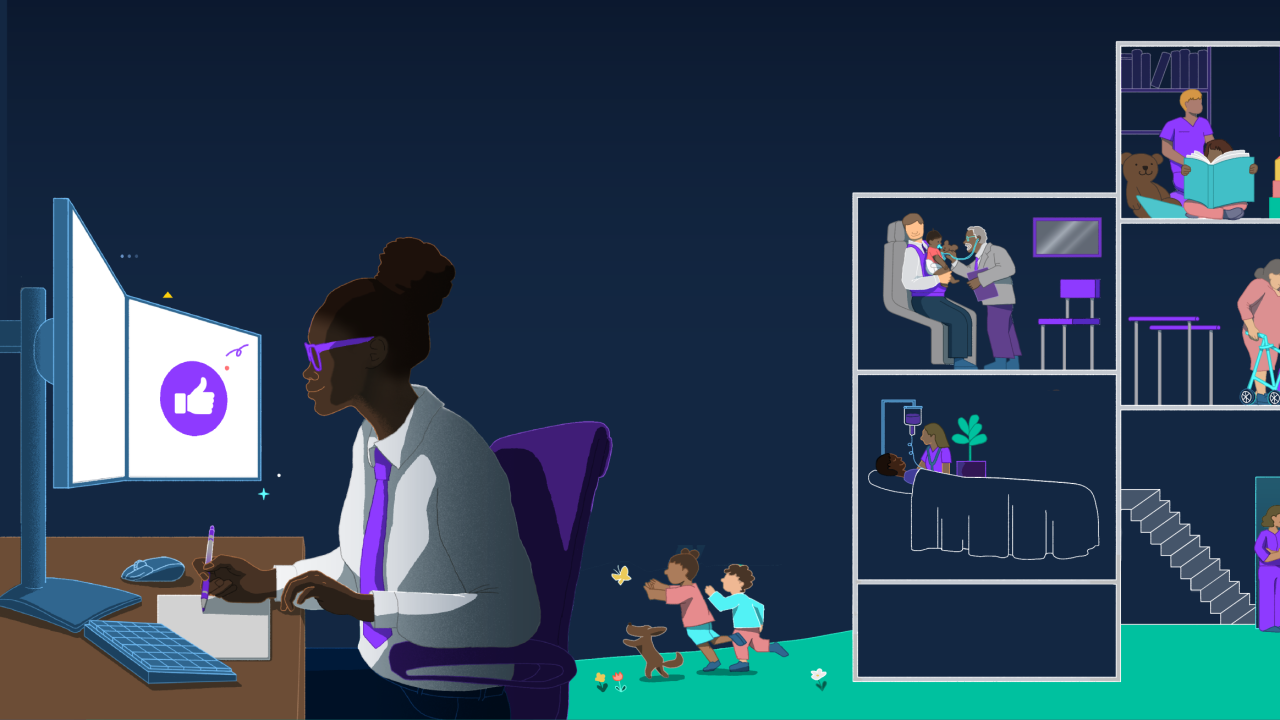- Key Insight: Learn how comprehensive family-building benefits can materially stabilize and retain talent.
- What's at Stake: Companies ignoring inclusive parental benefits risk turnover, legal exposure, and equity gaps.
- Supporting Data: Only 34% offer paid adoption leave; 25% offer paid foster-child leave.
- Source: Bullets generated by AI with editorial review
Shortly after getting married, Chelsea Brignac, unit manager in specialty funding at Capital One, received a life changing phone call. Her 8-month old niece and 18-month old nephew had entered foster care, and the newlyweds were being asked if they wanted to t
"Within 48 hours, we were in court, preparing to take placement of two children under the age of two — a radical and immediate shift from newlywed life to full-time parenting," Brignac says. "We spent that first phase learning how to parent, navigate the foster care system, and advocate for their rights."
After achieving permanency with her niece and nephew in 2021, Brignac gave birth to their son the same year. Brignac and her husband have continued to grow their family since then — adopting a daughter in 2023 and
"[The last few years] have been a constant exercise in advocating for the needs of children from difficult backgrounds, and most importantly, building up the confidence and security of every child in our home," Brignac says. "And the support from Capital One was instrumental in every phase of this journey."
Read more:
Recognized by the Dave Thomas Foundation as
The financial assistance and health coverage is what
"Our situation was far from normal," Brignac says. "Time away from work allowed us to normalize the chaos, bond as a new family of four and establish a secure, loving environment. I was learning them, and they were learning me — protected time was essential for our entire family's well-being."
Read more:
Currently, only about 34% of employers offer paid adoption leave, and just 25% provide paid foster child leave, according to data from SHRM. Research from the Dave Thomas Foundation also revealed that the average paid leave for adoptive parents is around nine to 10 weeks total, with foster parents receiving around the same amount. To truly support every single member of their workforce, organizations need to
"Offering adoption and fostering benefits is the difference between a family crisis and a community-supported journey," Brignac says. "They are the foundation for a stable, committed workforce."
While the inclusion of adoption, fostering and even surrogacy when talking about innovative benefits has come a long way, there is still much work to be done to
"These benefits support access for all employees, regardless of how they build their family — be it through biology, adoption or fostering," Brignac says. "By supporting paths often overlooked in traditional plans, organizations send a clear message, which is that every family is equally valued."






